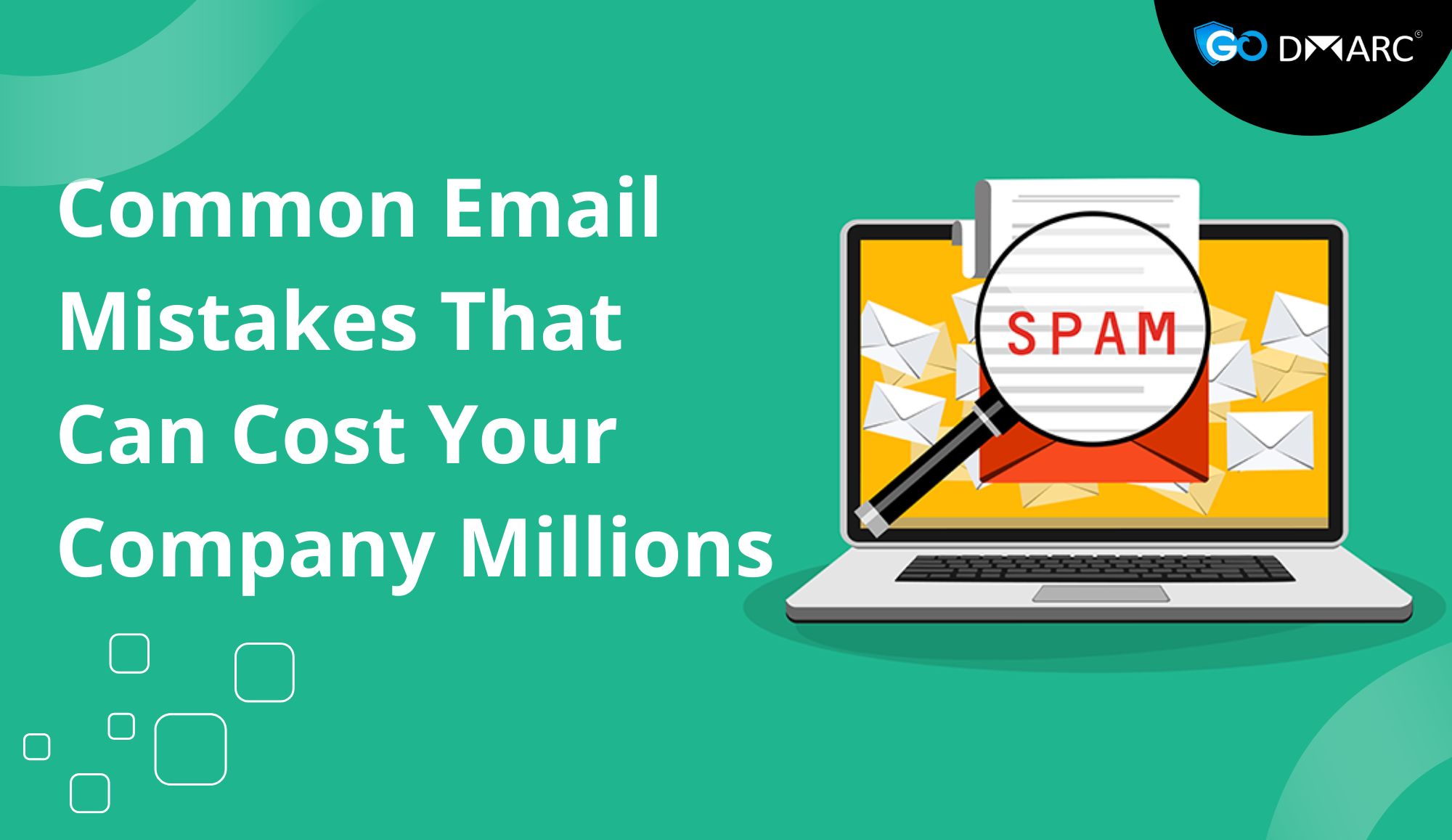Introduction
Cybersecurity threats are constantly evolving, and one of the most deceptive tactics used by attackers is the creation of look-alike domains. These domains closely resemble legitimate ones, tricking users into believing they are interacting with a trusted entity. Look-alike domain attacks are often used for phishing, fraud, and data breaches, posing significant risks to businesses and individuals alike.
To combat these threats, organizations must implement strong email authentication protocols. Domain-based Message Authentication, Reporting & Conformance (DMARC) is a powerful tool that helps businesses protect their domains from being spoofed and misused. However, an additional layer of protection comes from look-alike domain alerts, which can help detect and mitigate threats before they cause harm.
This blog explores how look-alike domain alerts, combined with DMARC implementation, can strengthen an organization’s email security and prevent cyberattacks.
Understanding Look-Alike Domains
A look-alike domain is a fraudulent domain that closely resembles a legitimate domain. Attackers use tactics like:
- Typosquatting – Registering domains with minor misspellings (e.g.,
g00gle.cominstead ofgoogle.com). - Homoglyph Attacks – Using characters that look similar (e.g.,
rnicrosoft.cominstead ofmicrosoft.com). - Subdomain Spoofing – Creating deceptive subdomains (e.g.,
login.paypal-secure.com). - TLD Variation – Changing the top-level domain (e.g.,
example.coinstead ofexample.com).
These techniques deceive users into trusting fraudulent emails, leading to phishing attacks, credential theft, and financial fraud.
The Role of DMARC in Preventing Domain Spoofing
DMARC (Domain-based Message Authentication, Reporting & Conformance) is an email authentication protocol that helps domain owners prevent email spoofing and phishing attacks. It works alongside SPF (Sender Policy Framework) and DKIM (DomainKeys Identified Mail) to verify the legitimacy of emails sent from a domain.
How DMARC Works
- Authentication – DMARC checks whether an email aligns with SPF and DKIM records.
- Policy Enforcement – The domain owner can set policies (
none,quarantine, orreject) to control how unauthenticated emails are handled. - Reporting – DMARC provides reports on email activities, helping organizations identify spoofing attempts.
Implementing DMARC Record Lookup helps organizations monitor their domain’s DMARC compliance and detect unauthorized email senders.
The Importance of Look-Alike Domain Alerts
While DMARC protects your official domain from spoofing, it does not automatically safeguard against look-alike domains registered by attackers. This is where look-alike domain alerts become critical.
How Look-Alike Domain Alerts Work
Look-alike domain monitoring tools continuously scan domain registrations to identify suspicious domains that resemble your legitimate domain. When a look-alike domain is detected, an alert is triggered, allowing organizations to take proactive measures.
Benefits of Look-Alike Domain Alerts
- Early Detection – Identifies fraudulent domains before they are used in phishing attacks.
- Brand Protection – Prevents attackers from damaging your brand’s reputation.
- Customer Trust – Helps protect customers and employees from phishing scams.
- Regulatory Compliance – Supports compliance with data protection regulations.
How Attackers Use Look-Alike Domains in Cyber Threats
1. Phishing Emails
Attackers send emails from look-alike domains to trick recipients into sharing sensitive information. These emails often mimic trusted organizations, urging users to click malicious links.
2. Business Email Compromise (BEC)
In BEC attacks, cybercriminals impersonate company executives or vendors using look-alike domains. They request fund transfers, access to confidential data, or changes to payment details.
3. Credential Theft
Fraudsters create fake login pages that resemble legitimate websites. When users enter their credentials, attackers capture the information and gain unauthorized access.
4. Malware Distribution
Look-alike domains may host malware-infected websites. Unsuspecting users who visit these sites unknowingly download malicious software.
5. Brand Impersonation
Attackers use look-alike domains to impersonate well-known brands, sending fake promotional emails or fraudulent invoices.
How to Protect Your Business from Look-Alike Domain Attacks
1. Enable DMARC, SPF, and DKIM
Implementing DMARC Record Lookup ensures that your domain is protected from spoofing. Proper configuration of SPF and DKIM enhances email security.
2. Monitor Look-Alike Domains
Use domain monitoring tools to track newly registered domains that resemble yours. Set up alerts to take immediate action.
3. Register Similar Domains
Secure domain variations and common misspellings of your brand name to prevent attackers from exploiting them.
4. Educate Employees and Customers
Train employees to recognize phishing attempts and verify email sources before responding. Educate customers on how to identify official communication from your brand.
5. Report Fraudulent Domains
If a look-alike domain is identified, report it to the domain registrar and request takedown actions. Organizations can also involve cybersecurity teams for further investigation.
6. Use Secure Email Gateways
Deploy email filtering solutions to detect and block malicious emails from look-alike domains.
How DMARC Record Lookup Strengthens Email Security
DMARC Record Lookup helps organizations validate their DMARC configurations, ensuring that policies are correctly enforced. Here’s how it enhances security:
- Detects Misconfigurations – Identifies errors in DMARC, SPF, and DKIM settings.
- Monitors Email Activity – Provides insights into who is sending emails on behalf of your domain.
- Prevents Spoofing – Ensures that only authorized senders can use your domain.
- Improves Deliverability – Helps legitimate emails reach recipients’ inboxes while blocking fraudulent ones.
Organizations should regularly perform DMARC Record Lookup to maintain strong email security.
Conclusion
Look-alike domain attacks are a growing threat in the cybersecurity landscape, and businesses must take proactive measures to prevent them. While DMARC provides robust protection against domain spoofing, it is not enough to stop attackers from using deceptive look-alike domains.
Implementing look-alike domain alerts, combined with DMARC Record Lookup, strengthens an organization’s defenses by detecting fraudulent domains early, preventing phishing attacks, and protecting brand reputation.
By staying vigilant and adopting strong email security practices, businesses can mitigate risks and ensure a safer digital environment.




